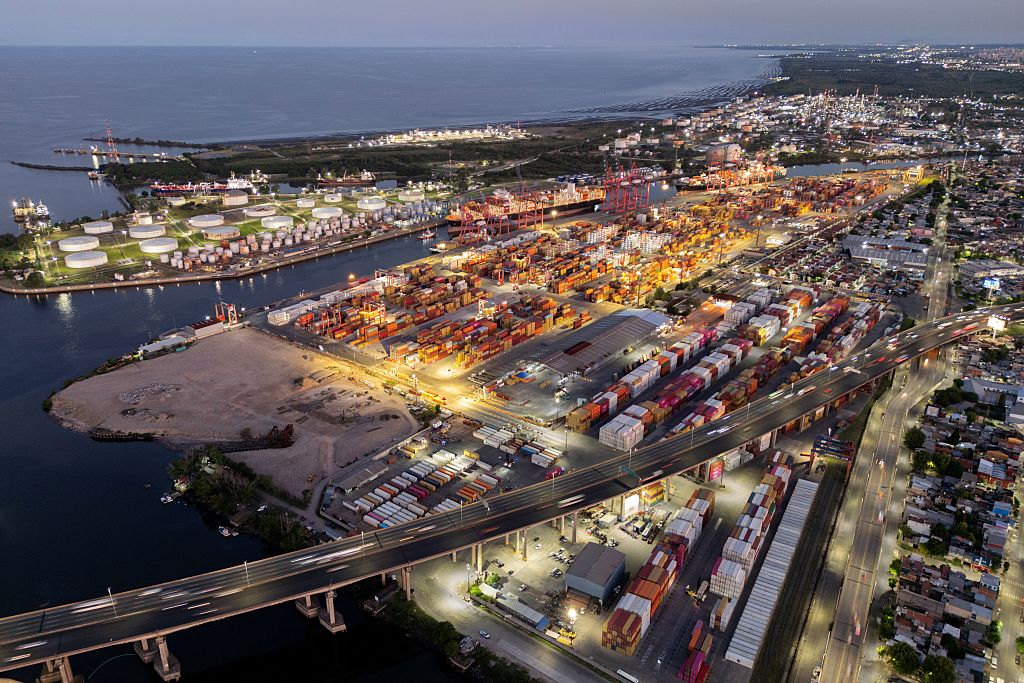Why Has It Been So Hard to Advance Mexico's Economy?
Why Has It Been So Hard to Advance Mexico's Economy?
Mexico’s second-quarter downturn is a departure from the country’s modest growth, signaling underlying weaknesses, writes COA’s Kezia McKeague in Latin America Advisor.
Q: Mexico’s economy in the second quarter contracted for the first time on a quarterly basis since 2013, Mexico’s National Statistics Institute said July 29, although it grew 2.4 percent year-on-year in that period. Was the contraction in the second quarter a one-off event, or does it foreshadow economic weakness ahead? What are the bright spots in Mexico’s economy, and what are the biggest headwinds? To what extent are some parts of Mexico lagging behind economically, and what should the government do to address those disparities?
A: Kezia McKeague, director of government relations in the Washington office of the Council of the Americas:
“The second-quarter downturn will most likely prove an aberration in Mexico’s record of modest growth, but it certainly signals underlying weaknesses in keeping with the government’s cautious outlook for 2016. According to National Statistics Institute data, a decline in industrial production—by 1.7 percent from the first quarter—was responsible for much of the GDP contraction, in a reflection of weakened U.S. manufacturing. Moreover, the services sector remained flat, suggesting that domestic consumption, which has been a significant bright spot, may be slowing. In a Banco de México poll in July, private-sector analysts cited weak external demand and global market volatility as the main headwinds facing Mexico’s open economy. Many economists also acknowledge that government spending cuts coupled with low oil prices will weigh on growth this year. From my vantage point at a U.S.-based business organization, the government has successfully sustained investor confidence with a fiscal policy geared toward ensuring sustainable debt levels and monetary policy guided by credible inflation targeting. Nevertheless, the Mexican economy is increasingly bifurcated between the north, with cutting-edge manufacturing linked to the United States, and the south, where energy production has fallen and lower- end manufacturing has struggled. As The Economist recently reported, the Peña Nieto administration intends to establish special economic zones to promote investment in five southern states—a potentially interesting model, assuming a convincing business case. In addition, implementation of the government’s far-reaching structural reforms will be crucial for achieving more inclusive growth and addressing challenges such as concentrated markets, poor infrastructure, limited access to financing and an uneven educational system.”







